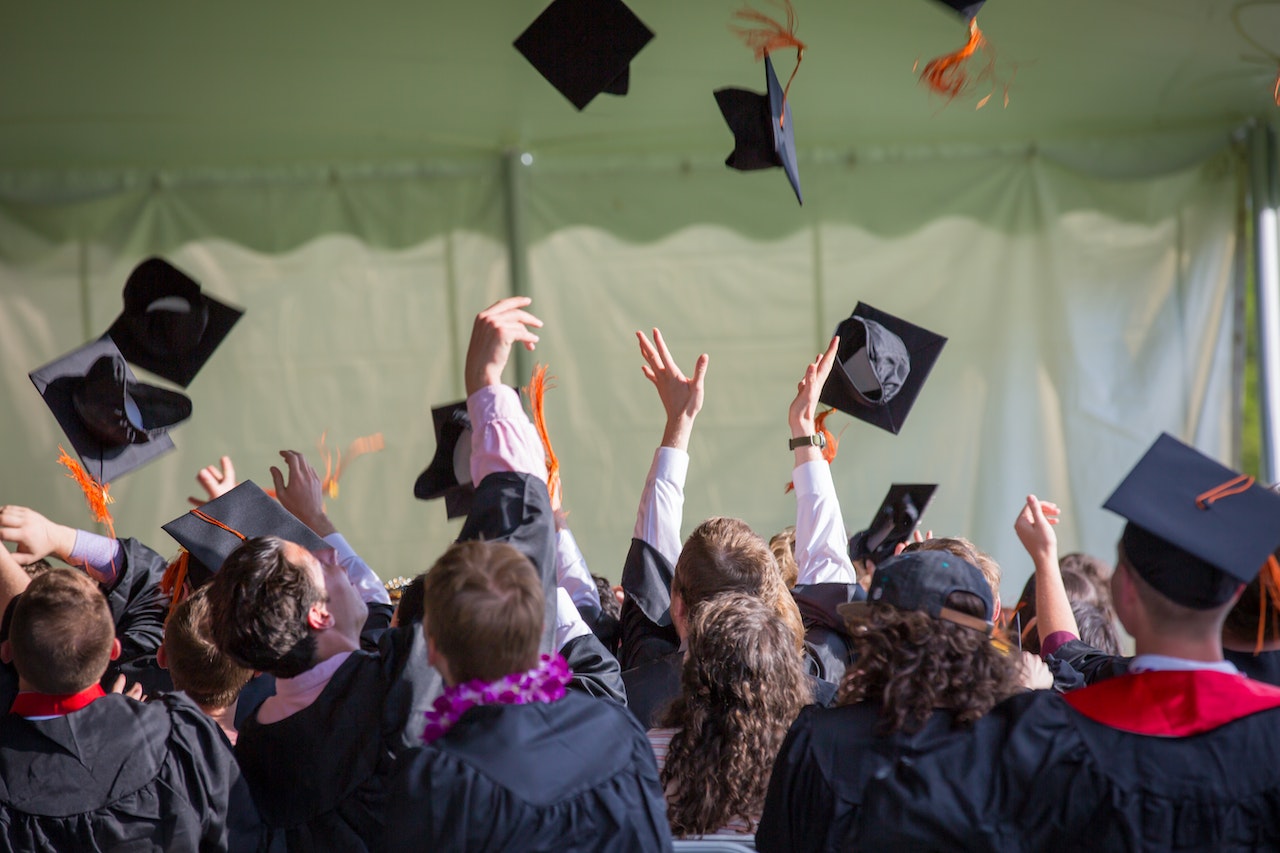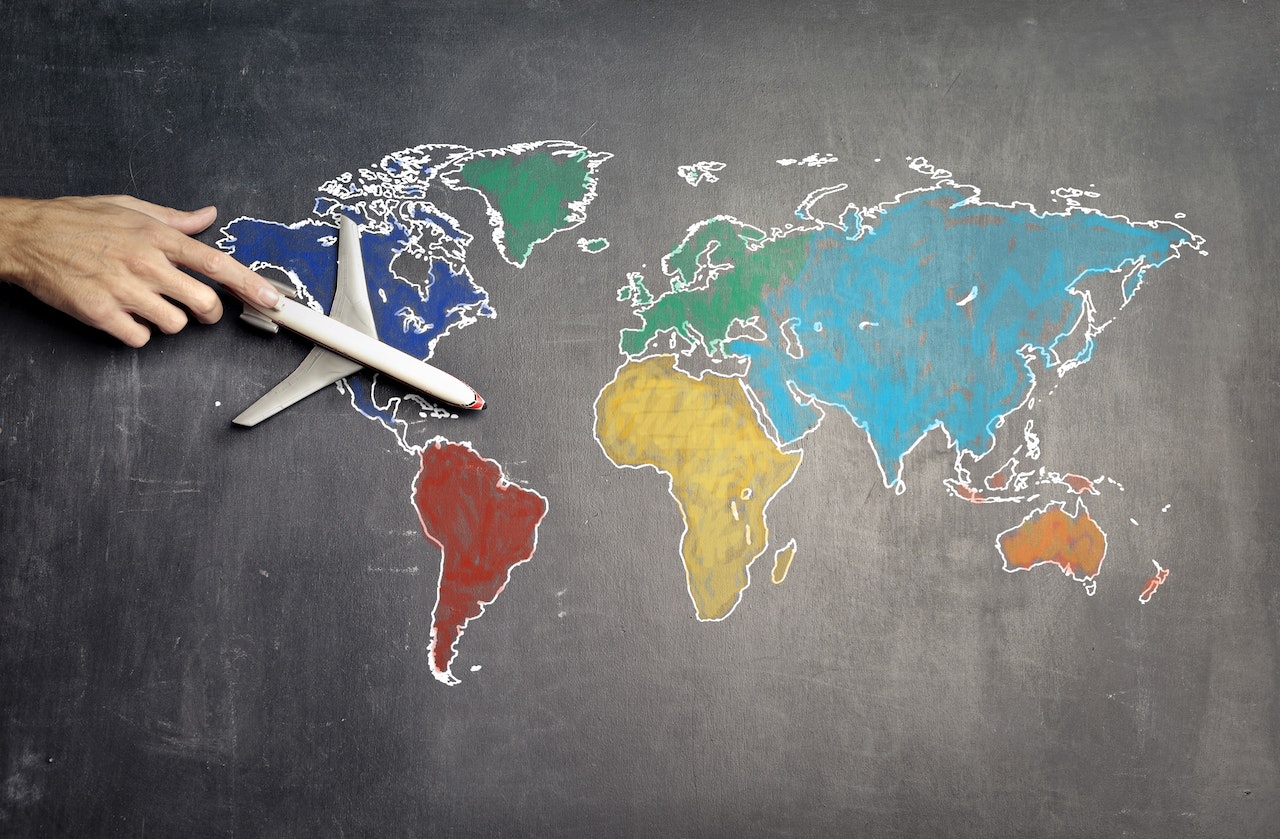Breaking Down Barriers to Education Equality

Education equality is not just about acquiring knowledge and skills; it is a fundamental right that every individual should have access to, regardless of their background or circumstances. Education equality refers to providing all individuals with equal opportunities to receive a quality education, irrespective of factors such as race, gender, socioeconomic status, or geographical location. This concept has gained significant attention in recent years due to its profound impact on society and development. One of the key reasons why education equality is important is because it promotes social mobility. When everyone has equal access to education and resources, individuals from disadvantaged backgrounds have the opportunity to overcome barriers and improve their lives. It allows them to acquire the necessary skills and knowledge needed for employment, breaking the cycle of poverty and enabling better economic prospects for themselves and future generations.
Education equality fosters a more inclusive society where diverse perspectives are valued. By bringing together people from different backgrounds and experiences into classrooms, it encourages tolerance, empathy, understanding, and collaboration among individuals. This can lead to reduced discrimination based on race or gender as people become more aware of each other’s struggles and challenges. Ultimately, when educational opportunities are available equally for all individuals regardless of their background, society becomes stronger as a whole with improved social cohesion.
Socio-Economic Factors

Socio-economic factors play a significant role in perpetuating inequality in education. One crucial barrier arises from the disparity in access to resources and opportunities among different socio-economic groups. Affluent families can afford private tutoring, technology, educational materials, and extracurricular activities that enhance learning outcomes. On the other hand, disadvantaged students often lack these resources due to financial constraints, limiting their ability to compete with their peers on an equal footing. Poverty and income inequality also contribute to obstacles to education equality. Students from low-income households face numerous challenges that hinder their academic success. For instance, they may lack sufficient nutrition or live in unstable environments where basic needs are not fully met, affecting their ability to concentrate and engage effectively in learning activities. The stressors associated with poverty can also impair cognitive development, leading to lower academic achievement levels compared to more economically advantaged students.
It is essential to recognize these socio-economic barriers and address them through equitable policies and interventions that promote equal access to quality education for all students. By providing adequate resources and support systems for disadvantaged students, we can help level the playing field and ensure that every child has an equal opportunity for success regardless of their economic background.
Gender Inequality
Gender inequality remains a significant barrier to education equality in many parts of the world. Despite progress made towards gender parity in education, access to quality education continues to be unequal for girls and women. One major factor contributing to this is the prevalence of traditional gender roles and stereotypes that limit educational opportunities for girls. Often, girls are expected to prioritize household chores or early marriage over their education, perpetuating cycles of poverty and limited opportunity. Cultural norms and societal expectations continue to reinforce the idea that certain subjects or careers are more suitable for boys than girls. This not only discourages girls from pursuing their interests but also limits their potential by steering them away from fields such as science, technology, engineering, and mathematics (STEM). As a result, there is a lack of female representation in these areas where they are underrepresented despite having the talent and ability to excel. Breaking down these barriers requires challenging deeply ingrained biases and providing equal opportunities for all individuals regardless of gender.
The lack of safe learning environments also contributes significantly to gender inequality in education. In many regions around the world, girls face greater risks when traveling long distances to reach schools due to safety concerns such as sexual harassment or violence. The fear of these dangers often forces parents or guardians to keep their daughters at home rather than expose them to potential harm. Addressing this issue requires investment in infrastructure improvements such as constructing safe transportation routes or establishing closer schools so that every child has equal access without compromising personal safety.
Solutions for breaking down barriers to education equality

One of the key solutions to breaking down barriers to education equality is investing in early childhood education. Research has shown that students who have access to high-quality early childhood programs are more likely to succeed academically and socially throughout their school years. By providing affordable and accessible early learning opportunities, we can narrow the achievement gap from an early age and ensure that all children start school on an equal playing field. Another solution is addressing systemic inequalities within our educational systems. This includes ensuring equitable funding for schools in low-income communities, recruiting and retaining diverse teachers who can serve as strong role models for marginalized students, and implementing culturally responsive teaching practices. By actively working towards eliminating disparities in resources, representation, and pedagogy, we can create a more inclusive educational environment where every student feels valued and supported.
Overcoming obstacles for a brighter future
The journey towards achieving education equality is not without its obstacles. However, it is through overcoming these barriers that we will pave the way for a brighter future. It is essential to recognize that these challenges are not limited to one specific region or community but are prevalent globally. One of the main obstacles faced in attaining educational equality is access to resources and funding. Many underprivileged communities lack the proper infrastructure, textbooks, and technological tools necessary for effective learning. By addressing this issue and working towards providing equal access to quality education for all students, regardless of their socio-economic background, we can create a more balanced society with individuals equipped with the skills needed to succeed in the modern world.
Cultural biases and gender inequality also impede educational equality. Gender stereotypes often restrict educational opportunities for girls, denying them access to education or limiting their choices. Overcoming these cultural barriers requires societal change and reevaluation of traditional norms that hinder progress. By empowering girls and women through education, we can break down gender-related barriers and foster an environment where all individuals have equal opportunities for growth. While there may be numerous obstacles in our quest for education equality, it is crucial not to lose sight of our ultimate goal – creating a brighter future for everyone. Through collaborative efforts from governments, communities, NGOs, educators, and individuals alike, we can dismantle these barriers brick by brick.



